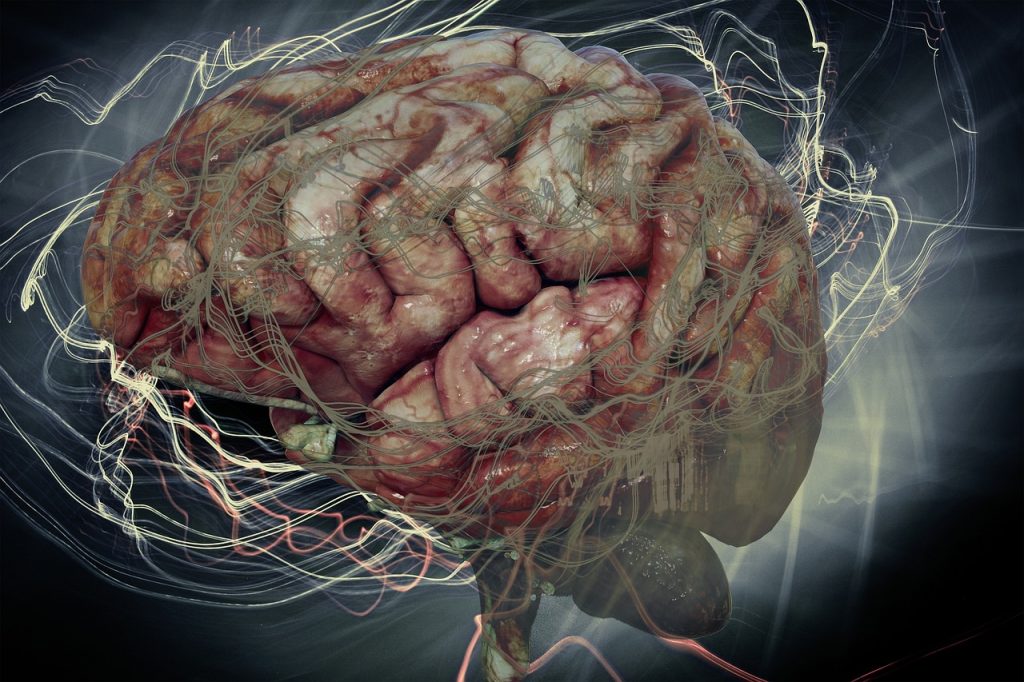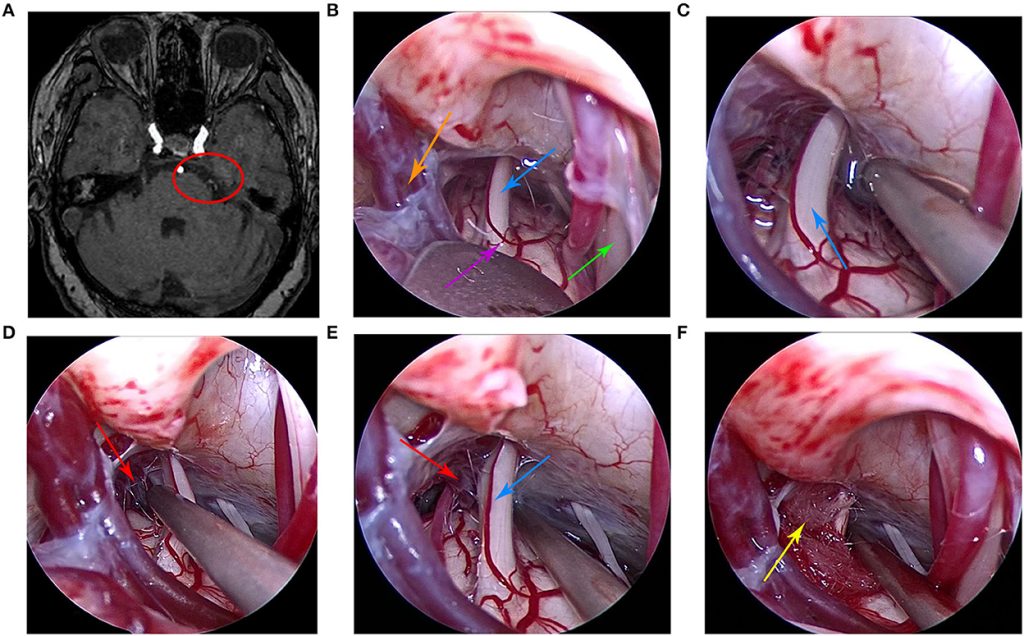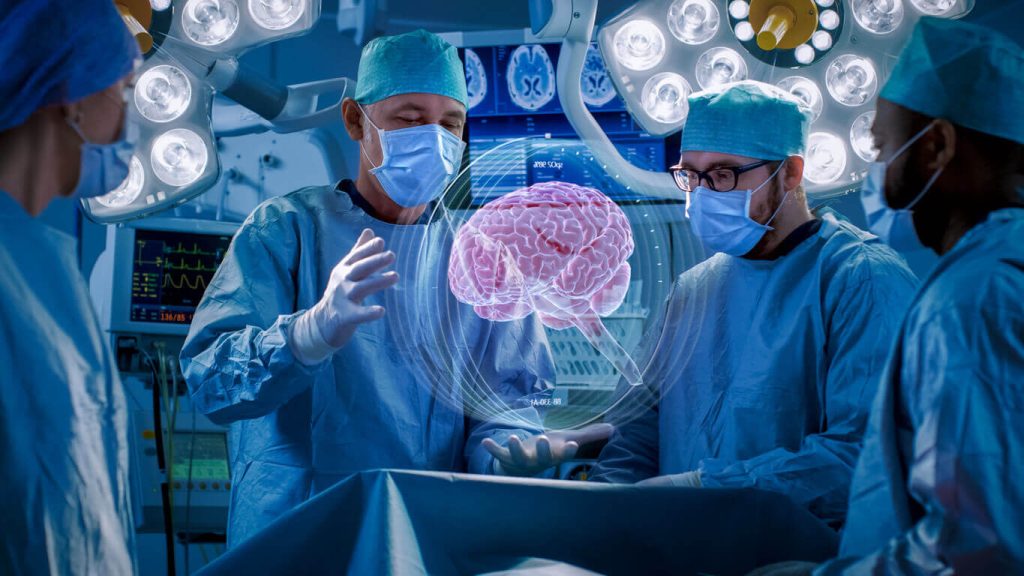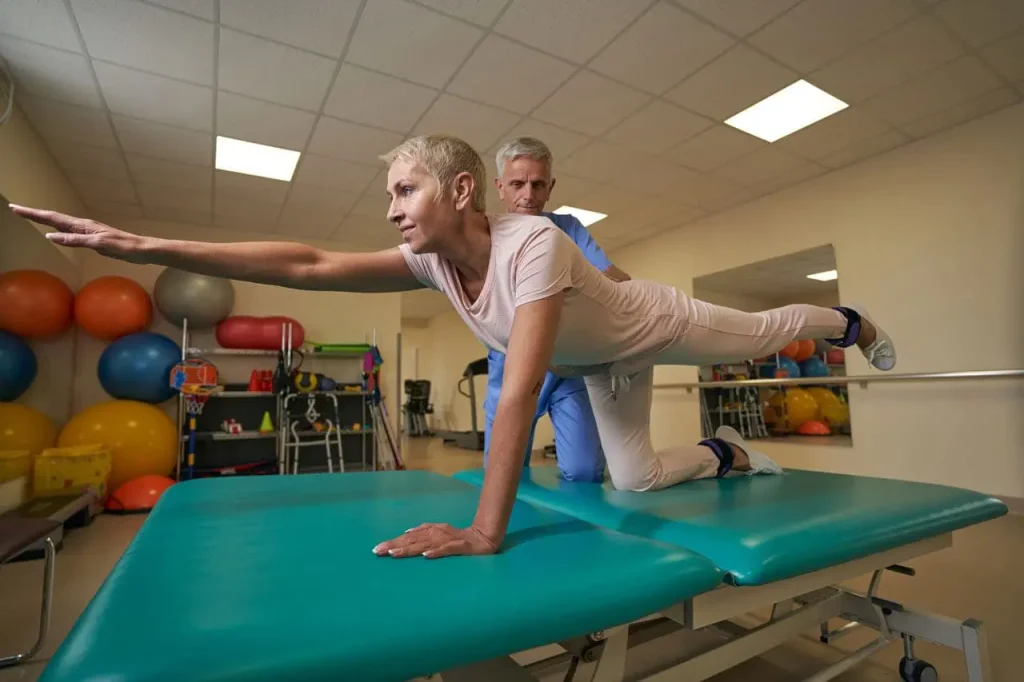The Importance of Early Detection in Brain Conditions
Early detection in brain conditions matters more than many people realize, because subtle neurological changes often appear long before symptoms become alarming enough to disrupt daily life, making timely recognition a crucial part of protecting long-term brain health. Why Does Early Detection Matter in Brain Conditions? Early detection matters because brain conditions rarely appear suddenly.…
Read more










